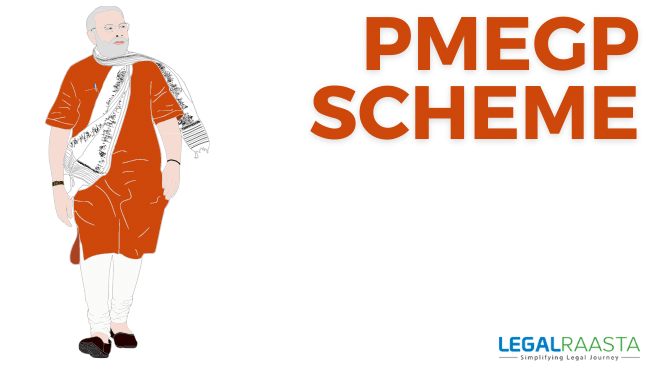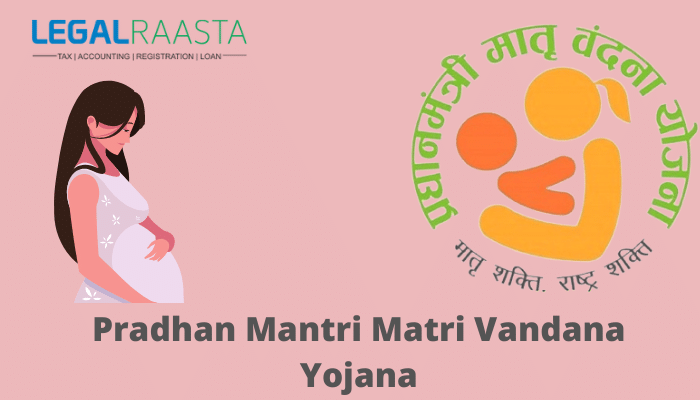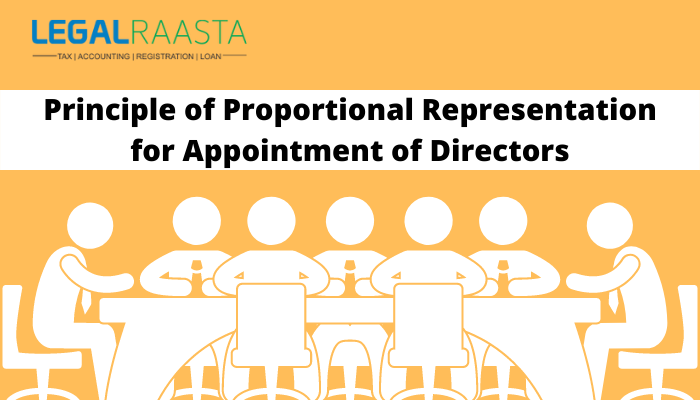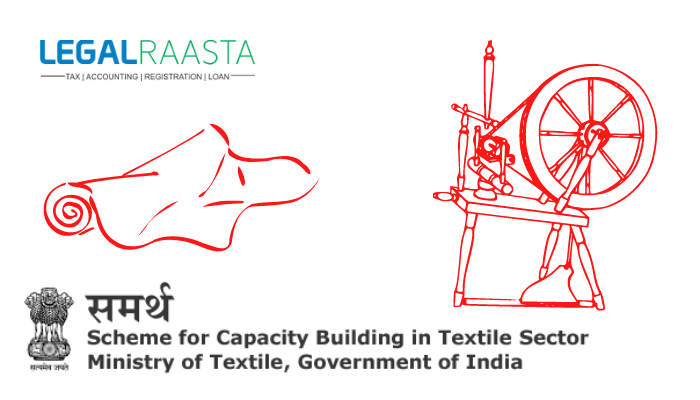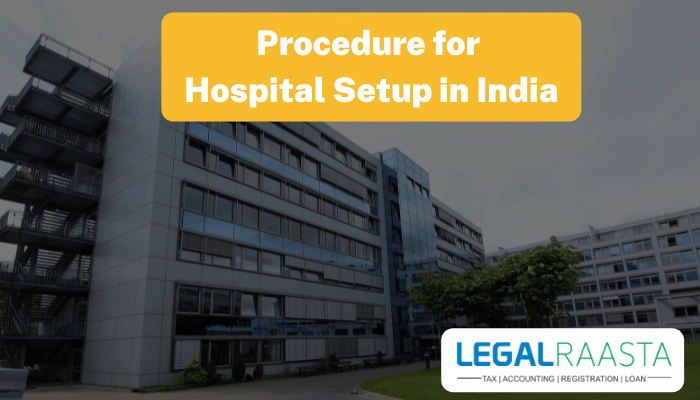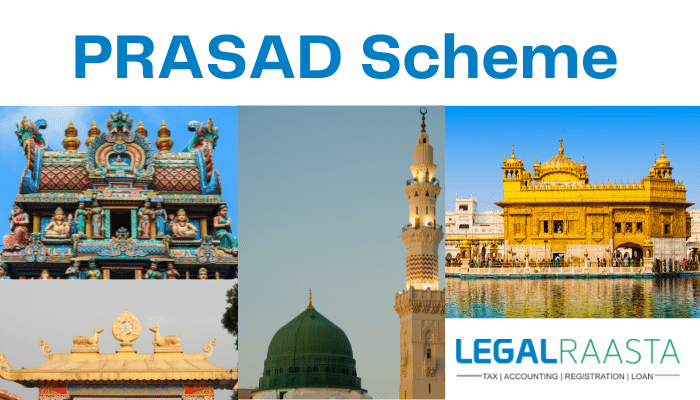Prime Minister’s Employment Generation Program
The Prime Minister’s Employment Generation Program (PMEGP) was launched by the Indian government in 2008. It is a credit-linked subsidy scheme. The Prime Minister’s Rojgar Yojna and the Rural Employment Generation Program were merged into the Prime Minister’s Employment Generation Program. This initiative aims to help unemployed youngsters and traditional craftspeople create self-employment prospects in the non-farm sector through micro-enterprise firms.
The Prime Minister’s Employment Generation Program (PMEGP) is administered by the Ministry of MSME. At the national level, the Prime Minister’s Employment Generation Program Scheme is being implemented by the Khadi and Village Industries Commission (KVIC). State Khadi and Village Industries Commission Directorates, State Khadi and Village Industries Boards, District Industries Centres, and banks are implementing the Scheme at the state level.
The Prime Minister’s Employment Generation Program has a number of goals.
- Creating long-term self-employment options in both urban and rural sections of the country.
- Creating micro-enterprises to provide long-term employment to a substantial section of unemployed adolescents in rural and urban areas, as well as traditional and potential craftsmen
- Facilitating the engagement of financial institutions in order to increase credit flow to the micro sector
Eligibility for PMEGP
- Individuals aged 18 or older must pass standard VIII for projects worth more than Rs 5 lakh in the service sector and more than Rs 10 lakh in the industrial sector.
- Production-based co-operative societies registered under the Societies Registration Act of 1860
- Self-help organizations and charitable foundations
Non- eligibility for PMEGP
Only new units are eligible for the Prime Minister’s Employment Generation Program financing. Existing or newly established units under PMRY, REGP, or any other central or state government program are not eligible. Units that have previously received government subsidies under any other plan of the Government of India or a state government are also ineligible.
The scheme’s most important aspects
- In both urban and rural areas, the Scheme is implemented by the Khadi and Village Industries Commission, State Khadi and Village Industries Commission Directorates, State Khadi and Village Industries Boards, and District Industries Centres and banks in the proportion of 30:30:40 between Khadi and Village Industries Commission / Khadi and Village Industries Boards / DIC.
- Only new units that are about to be founded are eligible for assistance under the PMEGP.
- There is no limit to the amount of money you can earn when you start a project.
- Existing units or units that are already availing any government subsidy (State or Central) are ineligible
- This plan is open to any industry, including coir-based initiatives (with the exception of those on the negative list).
- In plain areas, the per capita investment under the scheme should not exceed Rs 1 lakh, and in hilly areas, it should not exceed Rs 1.5 lakh.
- This is the maximum project cost in the service sector of Rs 10 lakh and in the manufacturing sector of Rs 25 lakh.
Operational Areas
According to the Khadi and Village Industries Commission Act 2006 – Scheme, a rural area is defined as the territory included in any village and includes the region included in any town. The population should not exceed 20,000 people, or whatever the Central Government specifies from time to time. Only District Industries Centres (DIC) are included in the urban area.
Negative list of activities
- Businesses and industries are involved in the processing, manufacture, and selling of meat, as well as intoxicant commodities like as pan, beedi, and cigarettes.
- Sericulture, cultivation, floriculture, and horticulture-related businesses and industries.
- Manufacturing of recycled plastic/polythene carry bags with a thickness of fewer than 20 microns
- The Khadi Certification Rule applies to the processing of pashmina wool and other items that include hand spinning and weaving.
- Transport in the countryside (except houseboat, Shikara, tourist boat in Andaman & Nicobar Islands and in Jammu & Kashmir, auto-rickshaw and cycle rickshaw.)CNG auto-rickshaws will be allowed only in the Andaman and Nicobar Islands, as well as the country’s North-Eastern region, with prior consent from the Chief Secretary of State.
Margin
For special category borrowers, the margin money contribution is 5% of the project cost, and for general category borrowers, it is 10%. Illustration: If Miss Nishitha requests for a loan of Rs 8 lakh from XYZ bank, the bank may only finance 80% of the loan amount (i.e. Rs 6,40,000/-). The remaining 20% (Rs 1,60,000/-) is known as margin money, and Nishita must make arrangements for it.
What is the mechanism behind this scheme?
Assume Mr. Ajay, a fresh new entrepreneur from Bangalore City, wishes to apply for the PMEGP program. The project’s estimated cost is Rs 10 lakh. Mr. Ajay’s Contribution (PMEGP-mandated) – Rs 1 lakh (10 percent of Rs 10 lakh) Mr. Ajay has received a sum of Rs 9 lakh. Note: KVIC would reimburse the bank the margin money (i.e. 15% of the project cost – Rs 1,50,000/-) withheld by the bank within 24 hours of the PMEGP application being accepted. As a result, entrepreneurs like Mr. Ajay may simply obtain the financing they need to move forward with their business.
- Banks will provide working capital in the form of cash credit and capital expenditures in the form of a term loan. Projects can also be financed with a composite loan that includes both capital and working capital.
- After deducting the (Margin Money) subsidy and the owner’s contribution, the bank credit will range from 60 to 75 percent of the cost.
- Though banks will be able to claim subsidies based on the capital expenditure predictions in the project report, Margin Money can only be used for actual capital expenditure, with any excess being repaid to KVIC.
- Within three years of the margin money lock-in period, the working capital component should be used to the point where it reaches 100 percent of the cash credit limit and not less than 75 percent of the sanctioned maximum.
Interest Rates and Repayment Schedule of the scheme is that the enterprise is subject to the normal interest rate from time to time. The repayment period varies between 3 and 7 years.
Security
There is no requirement for collateral security or a third-party guarantee in this case. Any assets acquired as a result of the bank loan must be hypothecated to the bank.
Nodal Agency
KVIC is the nodal agency at the national level. In both rural and urban regions, the initiative will be implemented through the Khadi and Village Industries Commission, Khadi and Village Industries Boards, and the DIC.
Also read,
Atmanirbhar Bharat 2020 reforms for Importers, Exporters & Consumers

